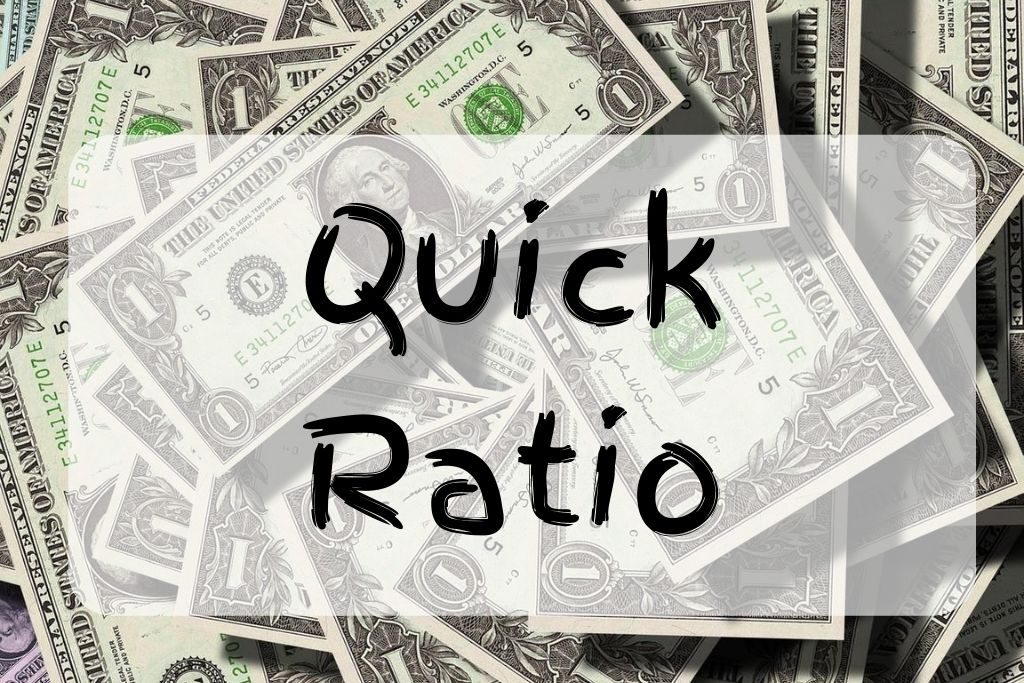What Is Quick Ratio?

Definition of Quick Ratio
- The quick ratio is a liquidity ratio that measures a firm’s ability to pay its short term liabilities with its most liquid assets.
- Unlike the current ratio, the quick ratio is only calculated using the most liquid assets.
- The ideal current ratio is 1:1.
- The higher the ratio, the safer is the firm as that would mean they have excess cash.
- However, if the ratio is too high, the firm has too much cash and should utilize it.
Want to learn more financial ratios?
Get the eBook explaining some of the most useful ratios for free now.
What is the Formula for the Quick Ratio?
- The quick ratio can be calculated in two methods.
- The first method is by adding Cash & equivalents, Marketable securities, Accounts receivable, and diving them by current liabilities.
Quick ratio = (Cash & equivalents + Marketable securities + Accounts receivable)/ Current liabilities
- The second method is by subtracting inventory and prepaid expenses from current assets and dividing them by current liabilities.
Quick ratio = (Current asset – Inventory – Prepaid expense )/ Current liabilities
The Quick Ratio in Practice
- Assume that bleu waters has:
- Current assets:
- Cash $ 30,000
- Account receivable $20,000
- Marketable security $20,000
- Prepaid expense $15,000
- Inventory $15,000
- Current liabilities:
- Account payable $50,000
- Term debt $30,000
- Bleu waters’ quick ratio is:
- ($ 30,000 + $20,000 + $20,000)/($50,000 + $30,000)= 0.875 OR
- ($100,000 – $15,000 – $15,000)/ ($50,000 + $30,000)= 0.875
- The ratio indicates that the firm does not have enough liquid assets (cash) to pay for the current liabilities.
Learn some of the most useful financial ratios!
Don’t miss this free eBook.
